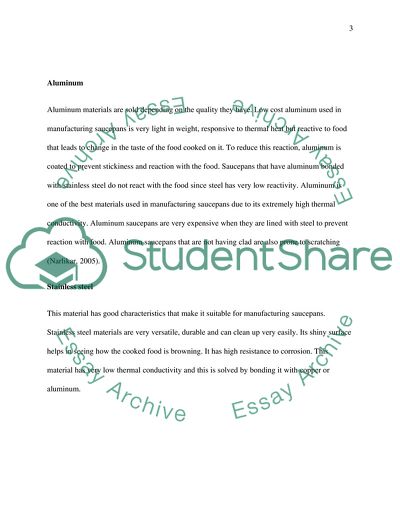Cite this document
(Selection of Materials and Coatings Assignment Example | Topics and Well Written Essays - 1500 words, n.d.)
Selection of Materials and Coatings Assignment Example | Topics and Well Written Essays - 1500 words. https://studentshare.org/engineering-and-construction/1773745-selection-of-materials-and-coatings
Selection of Materials and Coatings Assignment Example | Topics and Well Written Essays - 1500 words. https://studentshare.org/engineering-and-construction/1773745-selection-of-materials-and-coatings
(Selection of Materials and Coatings Assignment Example | Topics and Well Written Essays - 1500 Words)
Selection of Materials and Coatings Assignment Example | Topics and Well Written Essays - 1500 Words. https://studentshare.org/engineering-and-construction/1773745-selection-of-materials-and-coatings.
Selection of Materials and Coatings Assignment Example | Topics and Well Written Essays - 1500 Words. https://studentshare.org/engineering-and-construction/1773745-selection-of-materials-and-coatings.
“Selection of Materials and Coatings Assignment Example | Topics and Well Written Essays - 1500 Words”. https://studentshare.org/engineering-and-construction/1773745-selection-of-materials-and-coatings.


